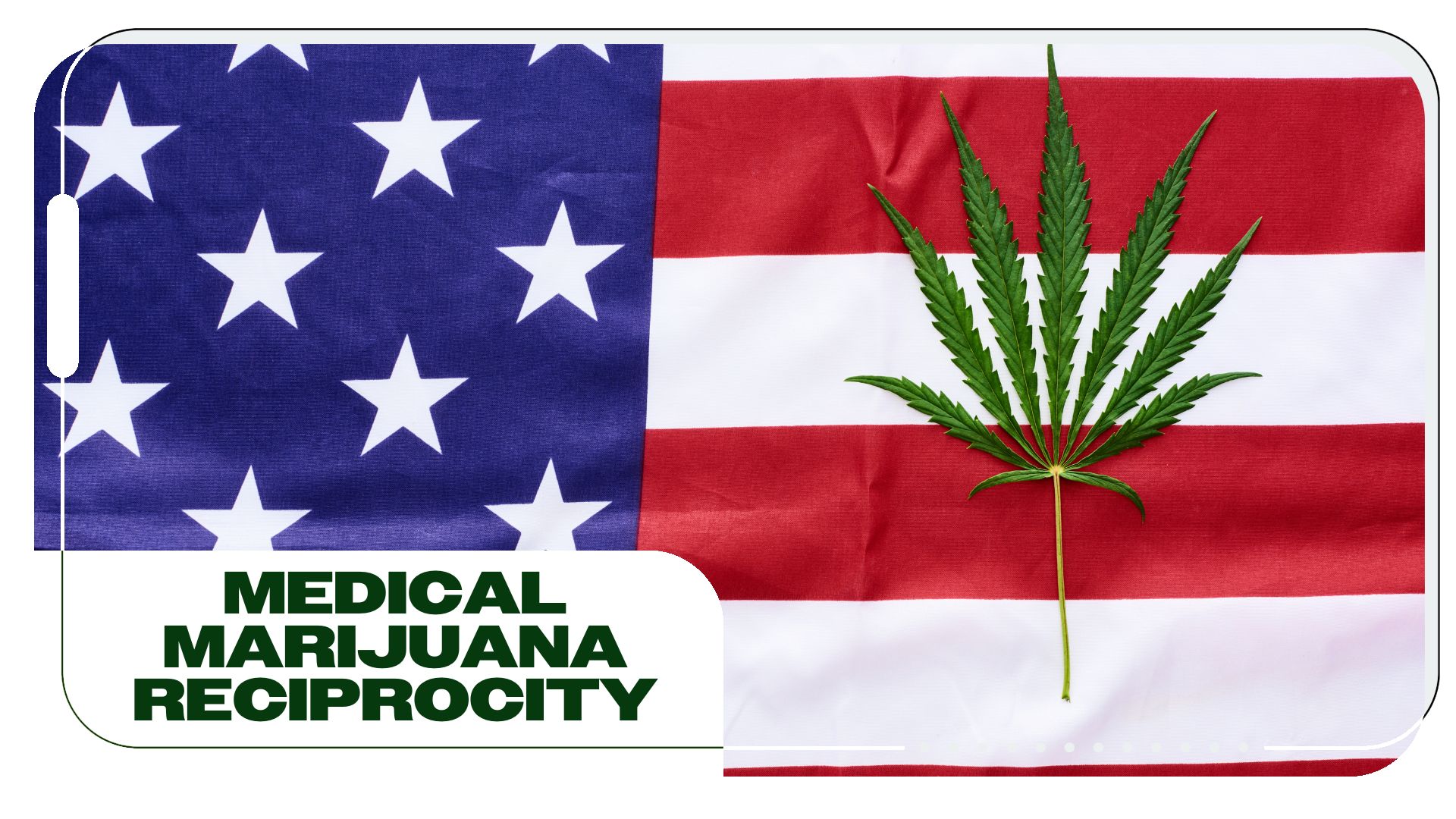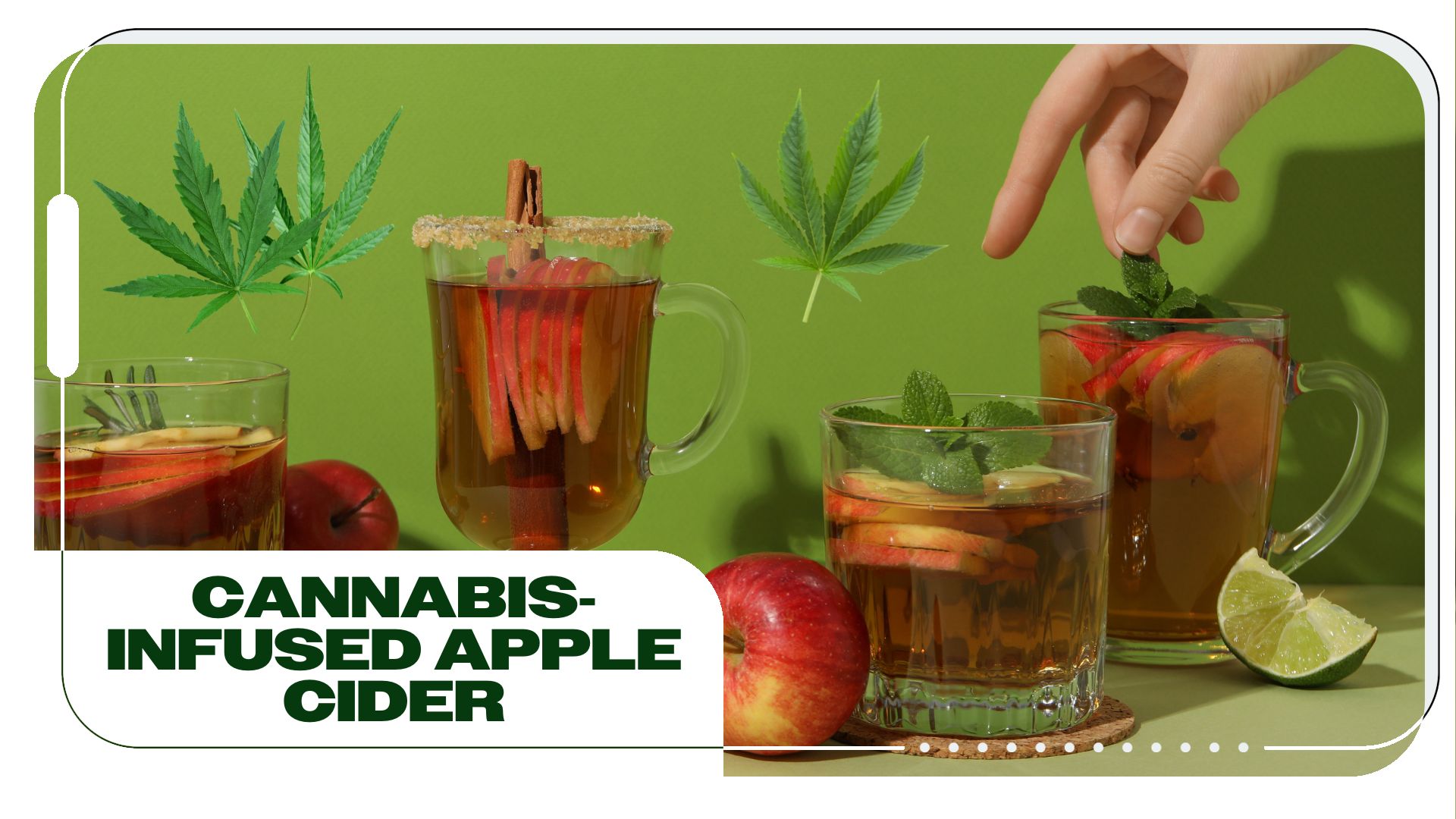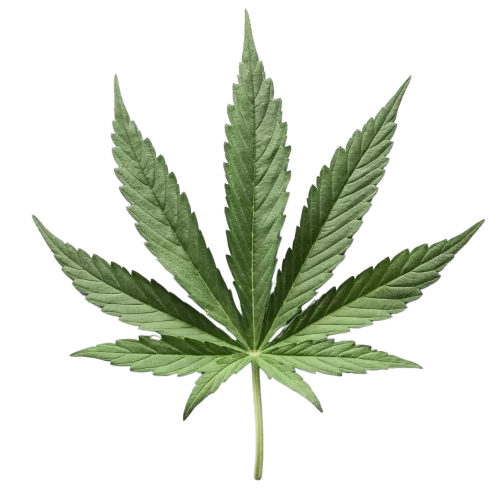When seasons change, particularly in winter, shorter days cause many people to experience Seasonal Affective Disorder (SAD). SAD is a type of depression that emerges in specific seasons, primarily winter. Thought to be related to Vitamin D deficiency, SAD affects countless lives, increasing feelings of depression while decreasing a sense of well-being in a cyclical pattern.
According to data published by the American Psychiatric Association, approximately 5% of adults in the United States suffer from SAD, which typically persists for around 40% of the year. In addition, this condition is more prevalent in women compared to men.
Alongside traditional treatments like light therapy and medication, there emerges an unconventional contender: cannabis. Once sidelined in medical discussions, cannabis is now stepping into the limelight as a remedy for SAD. In this article, we’ll explore what the science shows about how cannabis can potentially ease the symptoms of depression caused by SAD.
Understanding Seasonal Affective Disorder (SAD)
SAD, or winter blues, is a form of depression that typically coincides with reduced sunlight. Symptoms of seasonal affective disorder include:
- Persistent low mood
- Low energy levels
- Difficulty concentrating
- Profound loss of interest in activities
- Changes in appetite or weight
- Sleep disturbances
- Thoughts of self-harm (in severe cases)
The condition appears to be caused by disruptions to the body’s internal clock and imbalances in neurotransmitters. The affected neurotransmitters include dopamine, serotonin, and melatonin, which regulate mood and sleep.
Common treatments include light therapy to reset circadian rhythms, antidepressants, and psychotherapy. SAD significantly impacts daily life, affecting work performance and personal relationships.
Possible Benefits of Cannabis for Seasonal Affective Disorder
Research into cannabis as a treatment for SAD is emerging. Preliminary studies indicate that cannabinoids like tetrahydrocannabinol (THC) and cannabidiol (CBD) work with the body’s endocannabinoid system to alleviate SAD symptoms.
THC is known to lift mood. CBD, which lacks psychoactive effects, may reduce health conditions like anxiety and improve sleep.
Anecdotal reports from people using cannabis for SAD suggest improvements in mood and sleep patterns. However, these findings are preliminary. Further research is needed to fully understand the benefits and risks of cannabis in treating SAD.
Why You Should Get Your Medical Marijuana Card
Veriheal has satisfied millions of patients nationwide by giving them access to these benefits
- Larger purchase limits
- Peace of mind
- Enhanced legal protection
- Access to higher potency strains
- Save up to 25% on cannabis purchases
- Skip the line at the dispensary
Risks and Considerations
In the context of using cannabis for SAD, it’s important to recognize its therapeutic advantages when used responsibly. Advocates highlight that many of the side effects associated with cannabis, such as altered judgment or mood fluctuations, can often be avoided by microdosing. This approach involves taking small, carefully monitored doses of cannabis to optimize its mood-elevating and anxiety-reducing benefits while minimizing unwanted effects from overconsumption.
For those considering cannabis as a treatment option for SAD, consulting with healthcare professionals can provide valuable guidance on effective microdosing strategies and ensure compliance with local laws, thereby maximizing the therapeutic benefits of cannabis in a safe and legal manner.
Comparing Cannabis with Traditional Treatments for SAD
Conventional treatments for SAD, like light therapy and psychotherapy, have proven benefits, but a common intervention—antidepressants, particularly SSRIs—comes with significant drawbacks. These can include side effects such as weight gain, sexual dysfunction, emotional numbness, and, alarmingly, an increased risk of suicidal ideations, especially in young adults.
This emphasizes the need for alternative treatment options. Medical cannabis, supported by a growing body of peer-reviewed research, presents a viable alternative. When used in the form of microdosing, it has shown promise in elevating mood and reducing anxiety, all with minimal to no side effects.
As a result, cannabis is viewed not as a replacement for conventional antidepressants but as a safer, more natural alternative. Embracing cannabis in the treatment of SAD aligns with a broader movement in medicine. This movement seeks to integrate the best of both traditional and alternative therapies for more effective and patient-centric outcomes.
Final Thoughts on Cannabis For Seasonal Affective Disorder
While seasonal depression presents a challenging and recurring struggle for many during the winter months, exploring cannabis as a treatment option offers new hope. As we’ve seen, traditional treatments like light therapy, psychotherapy, and antidepressants, each play a role, though the latter comes with unwanted side effects.
In contrast, cannabis, particularly when microdosed, emerges as a promising alternative backed by an increasing number of peer-reviewed studies. It stands out for its minimal side effects and potential to complement existing treatments.
Beyond these options, regular exercise could help to boost mood and improve overall well-being naturally.
As we navigate the complexities of mental health care, the key is a holistic approach that combines the best of traditional and alternative treatments, offering a beacon of hope for those affected by SAD and guiding them toward a brighter, more balanced future.
Note: The content on this page is for informational purposes only and is not intended to be professional medical advice. Do not attempt to self-diagnose or prescribe treatment based on the information provided. Always consult a physician before making any decision on the treatment of a medical condition.
Author, Share & Comments








